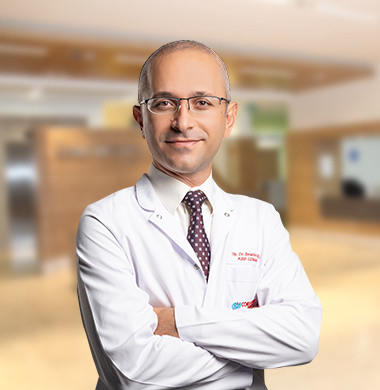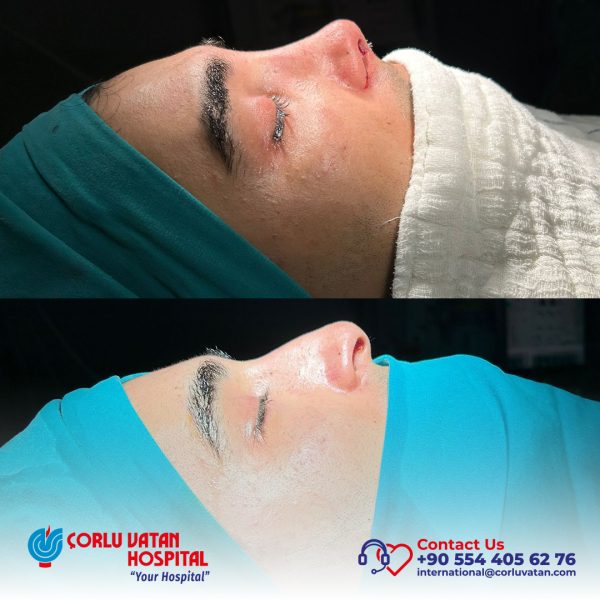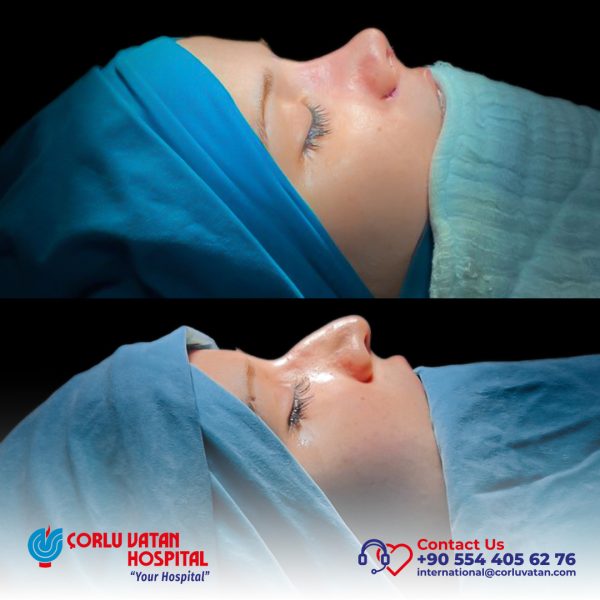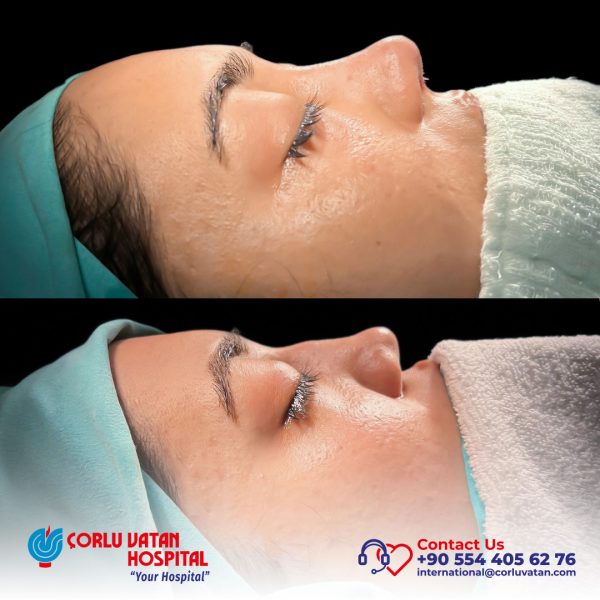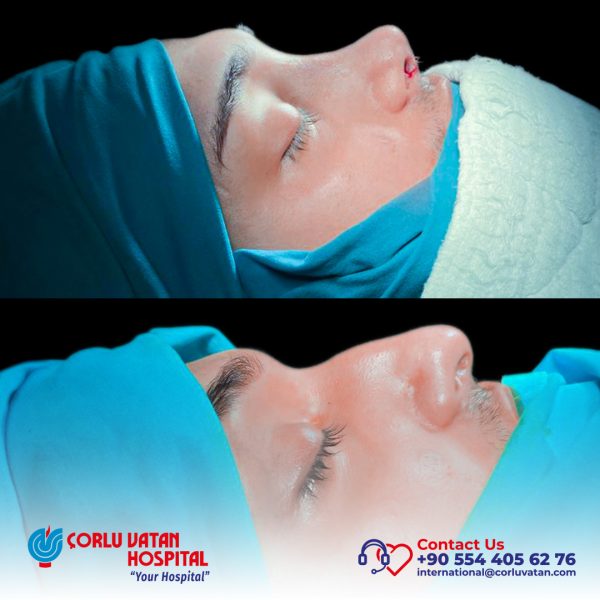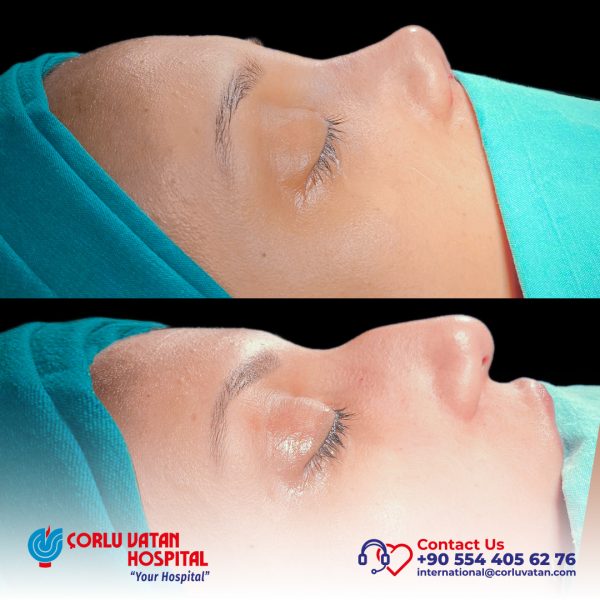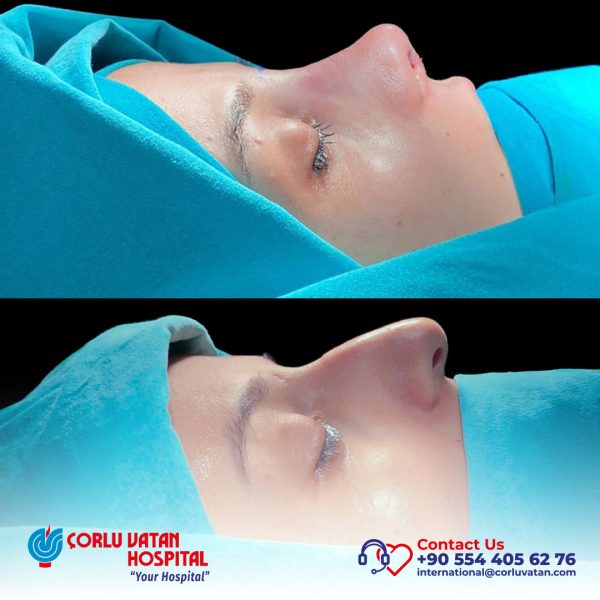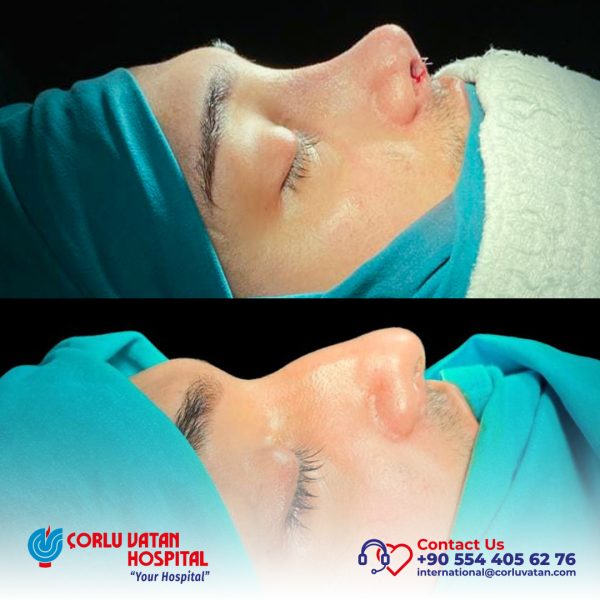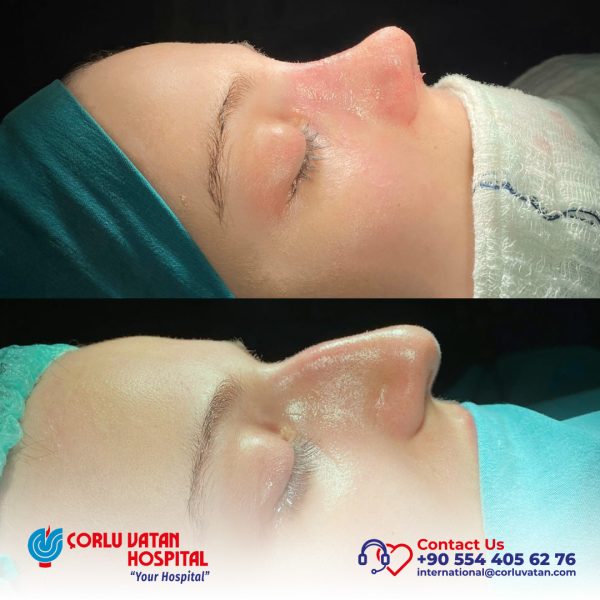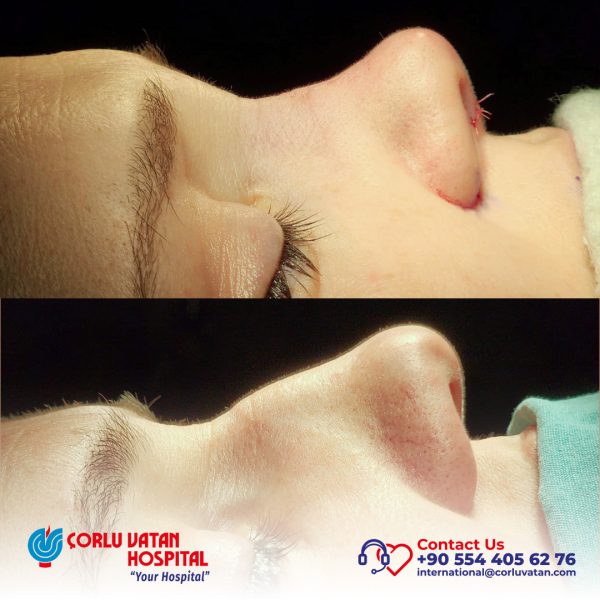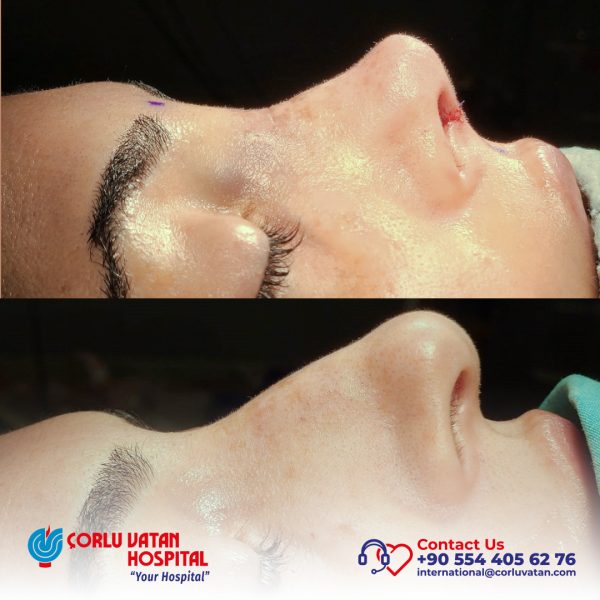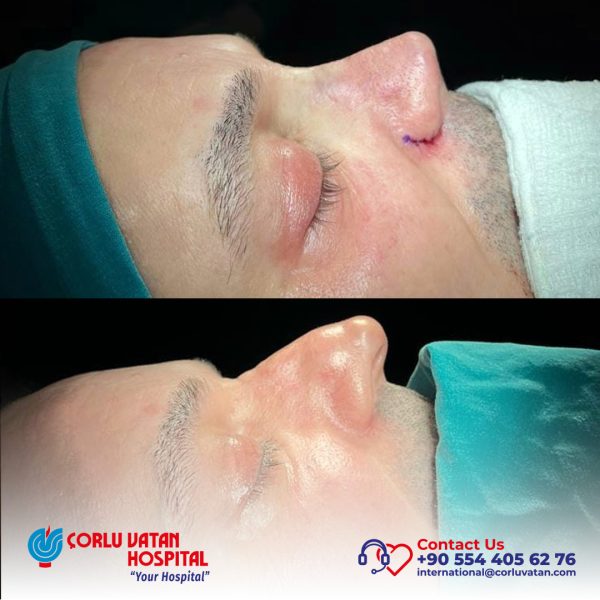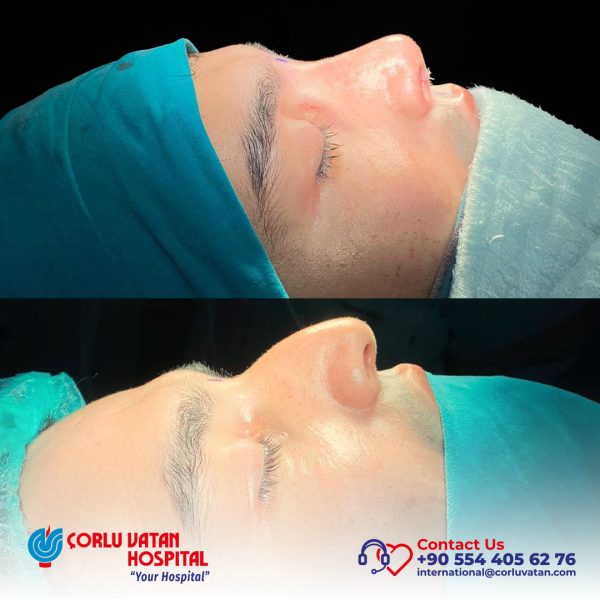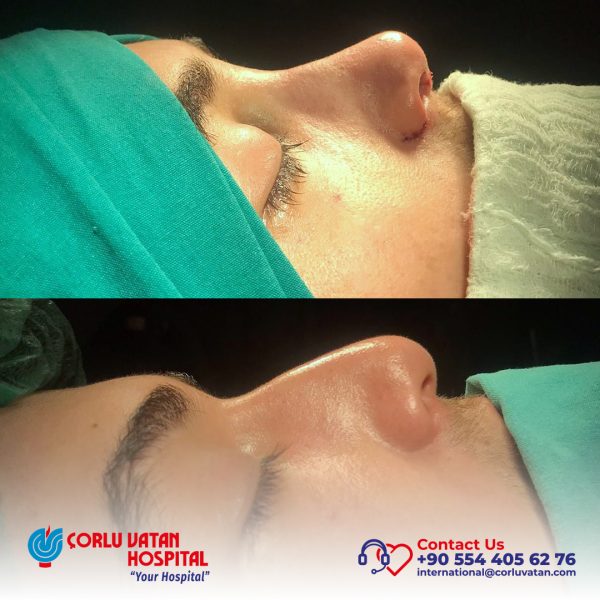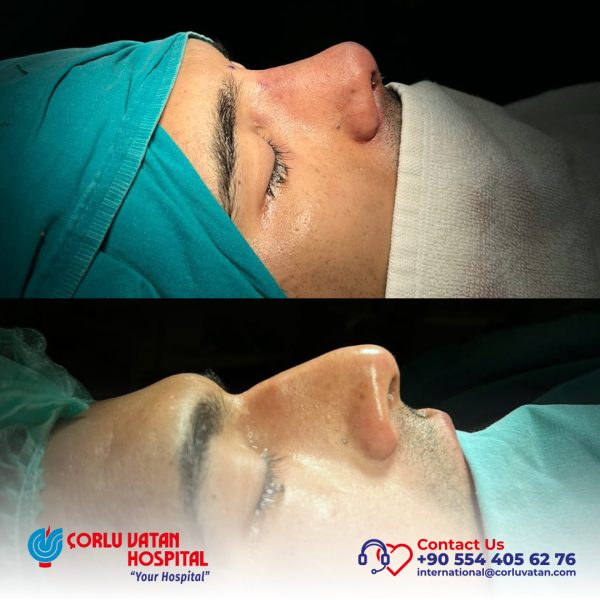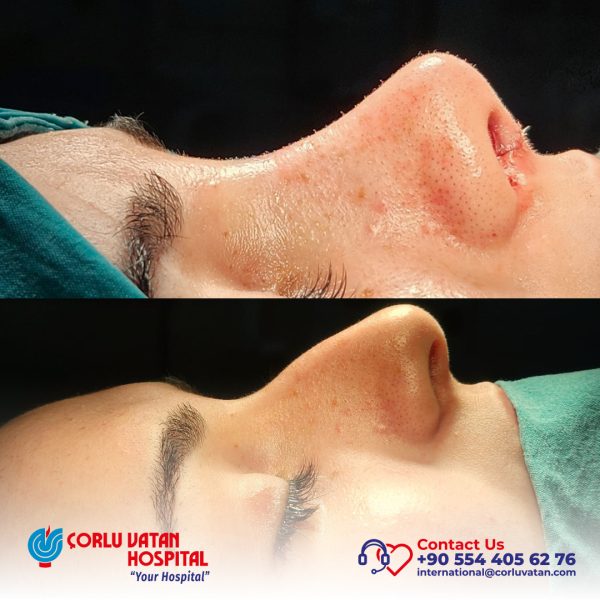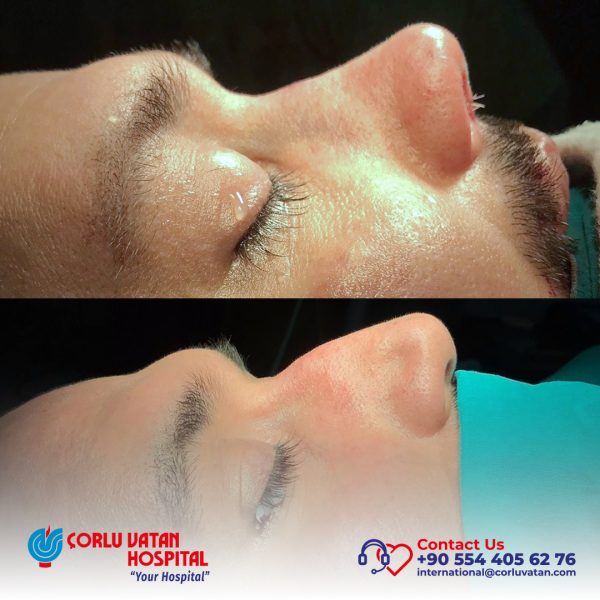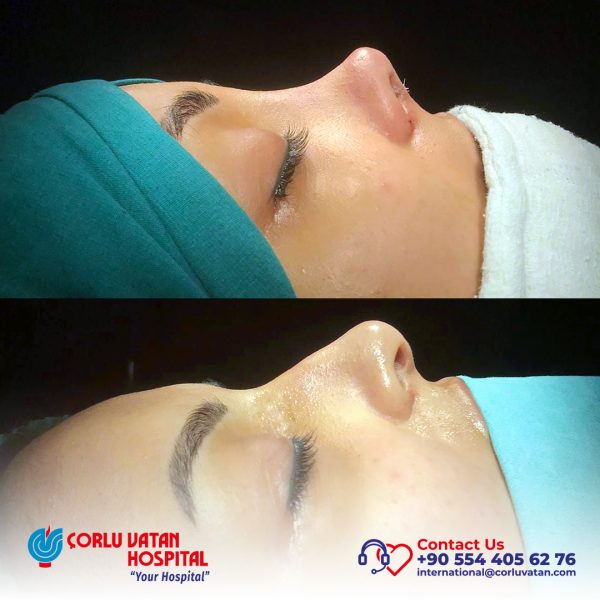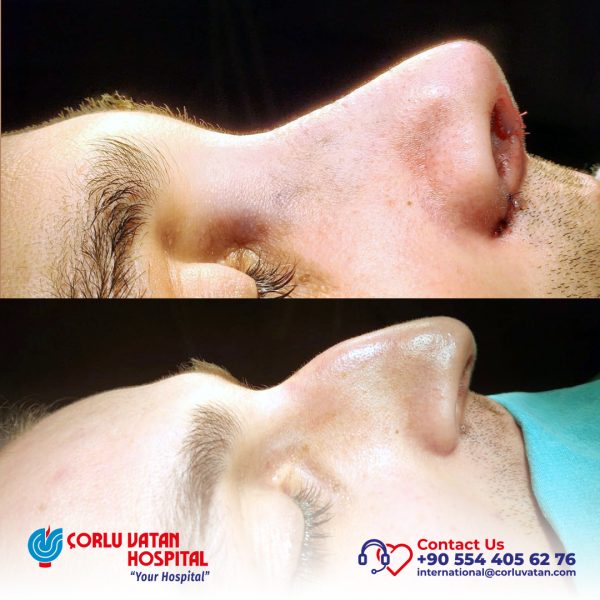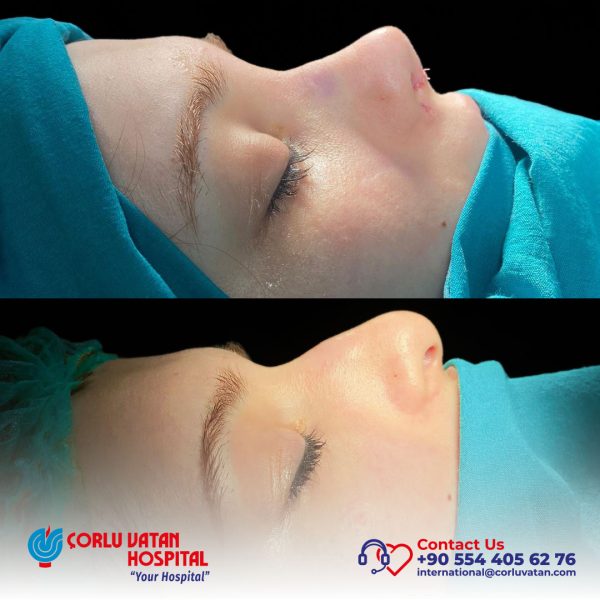

In our Private Çorlu Vatan Hospital, we serve with Rhinoplasty Center, where advanced technology meets personalized care to provide a seamless experience for both our local and international patients. Our dedicated team ensures that language is never a barrier, as our foreign patients are accompanied by colleagues fluent in English, providing smooth communication between our patients and specialists.
Rhinoplasty has evolved into one of the most popular and commonly preferred interventions; and in our hospital, we are proud to offer the Ultrasonic Method, the latest and most advanced technique in performing Rhinoplasty. This modern approach not only focuses on congenital defects and visual imperfections but also on improving nasal breathing. Applications of Rhinoplasty include matching the size of the nose to the proportions of the human face, altering the width or profile of the nose, and tip or nostril corrections. Unlike traditional methods involving bone breaking, an equipment is utilized that generates micro-vibrations, minimizing postoperative swelling and bruising around the eyes for Ultrasonic Rhinoplasty. This allows our specialists to shape bone and cartilage structures of the nose with an exceptional precision, ensuring aesthetic and functional corrections are achieved with perfect control and minimal bleeding. Depending on needs of each patient, type of Rhinoplasty and how exactly it is performed are determined
FREQUENTLY ASKED QUESTIONS
Aesthetic Nose Surgery, also known as Rhinoplasty, involves reshaping bones and cartilage of the nose to enhance its aesthetic appearance while improving its functionality. Rhinoplasty may be performed on individuals who have reached the age of 18 and are not satisfied with the appearance of their nose or experiencing breathing difficulties. There are two main methods for this operation: Open and Closed Rhinoplasty.
Specific type of intervention is determined after a physical examination and consultation, based on an agreement between patient and specialist.
Each patient has a unique nasal structure, including bones, cartilage, and skin, leading to various factors influencing the duration of surgery. Operation typically lasts between 2 – 4 hours. It is essential to recognize that achieving an identical result for every patient is not possible. Therefore, establishing a personal connection between patient and doctor is crucial.
In order to achieve desired results, there should be a significant alignment between patient’s preferences and recommendations provided by specialist. Communication is key for aligning the expectations of patient with the specialist.
Rhinoplasty is a surgical intervention designed to improve shape, size and overall appearance of the nose through reconstructing (reshaping) nasal bones and cartilage, as well as improving functionality of the nose. Corrections can be made in each of the three perspectives of the nose – height, length and width. Some of the most common corrections are: Nasal Hump Removal, Nasal Septum Straightening, Nasal Shortening, Nasal Narrowing, Nasal Tip Reshaping, and Adjusting Nostril Width. Individuals above the age of 18, experiencing difficulty breathing and/or wish to change appearance of their nose for aesthetic reasons may undergo this operation.
Depending on how it is performed, Rhinoplasty is divided into two main types: Open and Closed Rhinoplasty. Choice of method may involve the use of ultrasonic scalpels, Piezzo method, or traditional techniques, considering important factors such as skin type, cartilage structure, and nasal bone structure.
Closed Rhinoplasty – Closed Rhinoplasty involves necessary corrections that are performed through incisions inside the nose, on the mucosa, which is actually the main advantage of this type of Rhinoplasty. Cartilage and bone are separated from the skin, and then, depending on the case, portions of bone and cartilage can be removed, reshaped, augmented (through grafting), or restructured to achieve new desired form. Working through internal incisions ensures patient that absolutely no external scars will remain on the nose or face. Absorbable sutures are typically used. Closed Method is less traumatic for the nose compared to Open Method, leading to a quicker recovery.
Open Rhinoplasty – Open Rhinoplasty involves making small incisions in lower part of the columella (this is the lowest part of nasal septum, located between the two nostrils). Skin and soft tissues are lifted from the underlying nasal structure, and then necessary adjustments are performed. This type of Rhinoplasty is usually chosen when there are issues or difficulties in performing Closed Rhinoplasty. Advantages of Open Rhinoplasty include greater visibility for the surgeon, as well as being able to make significantly more complex changes and adjustments to the shape of the nose. This method leaves a small scar, and recovery period is longer.
Septorhinoplasty is a surgical procedure that addresses both the internal and external structures of the nose. It combines the corrective aspects of Septoplasty, which targets defects and deviations of the nasal septum to alleviate airflow obstruction and breathing difficulties, with the cosmetic enhancements of Rhinoplasty, which focuses on reshaping the bone and cartilage of the nose to improve its external appearance. By simultaneously addressing both internal cartilage and bone issues along with external aesthetic concerns, Septorhinoplasty aims to achieve a nose that is not only aesthetically pleasing but also fully functional, allowing for improved nasal airflow and symmetry. This comprehensive approach is particularly beneficial for individuals seeking to correct both functional impairments and cosmetic concerns associated with nasal structure abnormalities, ultimately leading to enhanced overall nasal form and function.
Revision Rhinoplasty is a surgical intervention aiming for correcting issues resulted from a previous nose surgery. It is typically performed in cases of deformities, nasal collapse and other complications arising from initial operation, or additional aesthetic changes desired by patient. There should be a minimum one-year of period between primary and secondary (revision) Rhinoplasty.
During initial Rhinoplasty, known as Primary Rhinoplasty, skin of the nose is lifted, involving minimal incisions in nerve endings and blood vessels nourishing the skin. This may lead to postoperative swelling, bleeding, and numbness. Blood vessels and nerve endings recover in the first year of postoperative period.
It’s crucial to note that recovery of minimal skin incisions and corrections in cartilage and bone parts of the nose takes time. Hastily deciding for Revision Rhinoplasty poses various risks in terms of skin recovery. Therefore, waiting at least one year after initial surgery is advised before considering Revision Rhinoplasty.
Patients should also be informed that Revision Rhinoplasty may require transplantation of cartilage tissue, often taken from patient’s rib.
Classic Rhinoplasty typically involves use of a surgical hammer as the standard tool for shaping nasal bones. In contrast, Ultrasonic Rhinoplasty utilizes a technology called “Piezo” for sculpting nasal bones. This innovative technique distinguishes between bones and soft tissues, operating with exceptional precision exclusively on hard tissues (bones) while not damaging soft tissues, blood vessels, nerve endings, and mucous membrane.
Often in the postoperative period of Classic Rhinoplasty, due to the technique and devices used, unwanted consequences such as pain, swelling and bruising are observed. In Ultrasonic Rhinoplasty, due to the precision of Piezo Method, these symptoms are minimized.
Over the years before technological advancements in nasal surgeries, our patients had concerns in three main topics. As specialists in this field, we perform nasal surgeries daily, but most of our patients lack experience, not knowing what to expect before and after procedure. Our goal is to assure them that there is nothing to fear with this type of surgery.
We recommend that our concerned patients who wish to undergo this surgery visit our clinic for a physical examination and every stage of the procedure and postoperative recovery will be thoroughly explained in person. Strengthening the bond between patient and doctor enhances the procedural process, rendering it smoother and more effective.
- Will I Experience Severe Pain After My Bones Are Broken With A Hammer?
- Will There Be A Lot Of Bleeding, Bruising Or Swelling?
- What If Things Get Worse?
As mentioned earlier, due to unpleasant experiences with past techniques, expressions like “The operation is very painful; You will have so much swelling that your eyes will shut when they remove the nasal tampons; It hurts more than giving birth.” induce fear and doubt in concerned patients.
Nowadays, thanks to continuously evolving technology and innovative methods applied in this field, Rhinoplasty has been significantly simplified. With the concurrently developed “Piezo” method, an ultrasonic bone cutter/shaper, fears regarding Rhinoplasty are largely overcome. Severe swelling, bruising, and pain caused by uncontrolled bone fractures with a hammer are minimized; potential dangers such as collapse and tension in bones are eliminated.
“Piezo” method enables easy shaping of nasal bones through ultrasonic cutting or filing in a thin line with precision, similar to how a glass cutter cuts glass. As a result, patients feel more comfortable after the operation. With the application of “Piezo” method by our ENT specialists in our hospital, the number of satisfied patients has increased. Even a significant number of our patients have shared their thoughts expressing, “I should have undergone this surgery sooner! It was not scary at all!“.
Since bones are cut and shaped with an exceptional precision without breaking; abrasions, swelling, and bleeding are minimized. Postoperative pain is similar to that of other surgeries and can be controlled with medication.
Rhinoplasty is performed under general anesthesia, with an average duration lasting from 2 to 4 hours. Currently, there are two approaches used in this intervention: Open and Closed Method. Not every patient may undergo the same method; everything is strictly individual and variable depending on the case. Patients seeking Rhinoplasty should also be informed that there may be a need for Revision Rhinoplasty in the future. Achieved results of the operation are influenced by numerous factors, including thickness and type of patient’s nasal skin, presence of additional conditions, skin’s recovery process, and the way swelling subsides in postoperative period. It is impossible to guarantee 100% symmetry after Rhinoplasty; there may be minor differences. In early postoperative period, there may be mild pain, bruising, and swelling. Under standard conditions, we discharge our patients the day after the surgery and invite them for a follow-up examination one week later.
Towards the end of the Rhinoplasty procedure, special silicone tampons are placed in patient’s nasal cavity, allowing them to breathe through the nose even in early postoperative period and patient’s nose is fixed with a special splint and tapes. Upon completion of the surgery, patient is prescribed with the necessary treatment for the next two days, including cold compress applications in the upper facial area to minimize swelling and bruising. Cold compression is applied every hour for 15 minutes. During the first two days, patient is advised to rest with their head elevated at a 45-degree angle. Patient is prescribed a week-long course of antibiotics, pain relievers, anti-allergic medications, and creams.
A week post-surgery, we invite our patients for a follow-up examination, during which the silicone tampons and the special splint placed during the operation are removed and patient’s nose is fixed with special tapes for another 2-3 weeks to reduce swelling in the upper part of the nose. In the subsequent recovery process, swelling continues to decrease, and tissue restoration begins simultaneously. During the first three months post-surgery, wearing glasses of any kind (prescription or sunglasses) is not recommended.
Building a relationship based on trust between patient and doctor is essential upon deciding on a surgery. This relationship is primarily built during a physical examination. Patient’s desires and expected outcomes of this surgery should be extensively discussed. Rhinoplasty is a major surgery that requires proper psychological preparation. Our recommendation to patients is to undergo their desired surgery when they feel ready, without rushing into a decision. The right time is when they decide that they are ready to trust their doctor.
At first glance, the nose is the most striking feature of the face, which is why it is important in terms of aesthetic and psychological aspect to correct defects in its shape. Surgeries performed not only beautify patient’s nose, but also improve their self-esteem. This is a very sensitive topic that can be understood primarily by people with a similar problem. For instance, individuals with curved, big, or crooked nose, tend to feel uncomfortable in social environments. They may avoid standing in crowds, dislike their appearance, and avoid their pictures taken. They may try to correct, filter or hide their photos. This issue is particularly pronounced among young women aged 18-25. They tend to isolate themselves from life.
We learn from our patients that after undergoing aesthetic nose surgery, their self-esteem increases and they become stronger figures in their social environment. According to psychological studies carried out on patients before and after aesthetic nose surgery, patients’ psychological condition improves and their self-esteem grows after their surgery.
There are always exceptions, but in general, any patient over the age of 18 experiencing difficulties breathing and/or wishes to change the appearance of their nose for aesthetic reasons may undergo this surgery.
In addition to its significance in aesthetics, the nose is one of the most crucial organs through which we inhale clean and humidified air. This surgery aims to achieve not only a beautiful and aesthetically pleasing nose but also one that allows to breathe freely. In the past, Aesthetic Nose Surgeries focused solely on the external part of the nose, resulting in visually pleasing but not fully functional nose. Doctors would pose a question to their patients that requires one simple answer:
Do you want your nose to be beautiful or to be able to breathe freely? Choose.
In other words; “Do you wish for a procedure focused solely on the external part or on the internal part of your nose?” As ENT Surgeons, we specialize in both aesthetics and functionality of the nose, offering both aspects in a single surgery: a beautiful and fully functional nose.
Professionals in both fields are capable of performing the related procedure. The most important aspect here is establishing a relationship between patient and doctor. It is noteworthy that ENT specialists possess significant expertise and practice in addressing both external and internal structures of the nose, which are fundamental units for nasal functionality.
As mentioned earlier, the aim of this procedure is the reconstruction of an aesthetically pleasing nose, aligning with patient’s facial features, as well as achieving complete nasal functionality is of paramount importance.
If you have additional questions or seek opinions regarding Rhinoplasty, do not hesitate to reach out to us!
We do not recommend non-surgical procedures such as filler injections for nasal cosmetic correction to our patients. We would like to point out that filler injections may weaken and damage the cartilaginous tissue and nasal structures beneath them. We often encounter patients who initially had a nose filler procedure; but later decide on a surgical correction due to unsatisfactory results. In majority of these cases, it is clearly observed during surgery that structures beneath the injected filler have been significantly weakened and damaged.
Nasal correction should definitely be performed based on patient’s individual qualities. The main reason for this is that each of us has different types and thicknesses of nose skin, as well as different facial proportions. Factors such as patient’s jaw structure, cheekbone position, eye and forehead angle, and many other factors play a crucial role in determining necessary corrections for each specific patient during the planning process.
We are pleased to share that numerous foreign patients visit our hospital besides our local patients from across the country. We have an International Patient Services Department in our hospital that provides detailed information and a range of services for our foreign patients. Our colleagues from the related department organize the entire process from arrival of our patients to their discharge and subsequent recovery period.
During their visit to our hospital, our foreign patients are accompanied by our colleagues who speak their language, providing a smooth communication between patient and doctor. Thus, one of our patients’ primary concerns, language barrier is eliminated. Each patient is unique and it is of utmost importance for us to ensure that our patients feel at home during their stay in our hospital.


